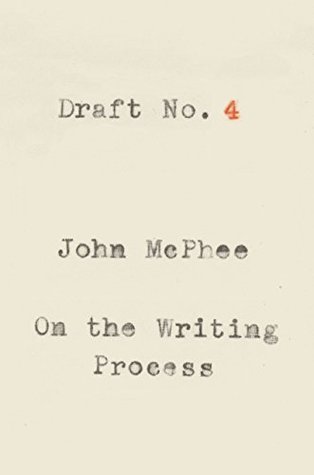More on this book
Community
Kindle Notes & Highlights
You begin with a subject, gather material, and work your way to structure from there. You pile up volumes of notes and then figure out what you are going to do with them, not the other way around.
Developing a structure is seldom that simple. Almost always there is considerable tension between chronology and theme, and chronology traditionally wins.
Readers are not supposed to notice the structure. It is meant to be about as visible as someone’s bones. And I hope this structure illustrates what I take to be a basic criterion for all structures: they should not be imposed upon the material. They should arise from within it.
you should always write your lead (redoing it and polishing it until you are satisfied that it will serve) before you go at the big pile of raw material and sort it into a structure.
the lead is the hardest part of a story to write.
“Dear Jenny: The way to do a piece of writing is three or four times over, never once. For me, the hardest part comes first, getting something—anything—out in front of me.
You finish that first awful blurting, and then you put the thing aside.
Without the drafted version—if it did not exist—you obviously would not be thinking of things that would improve it.
With dictionaries, I spend a great deal more time looking up words I know than words I have never heard of—at least ninety-nine to one.
The value of a thesaurus is in the assistance it can give you in finding the best possible word for the mission that the word is supposed to fulfill.
Writing is selection. From the first word of the first sentence in an actual composition, the writer is choosing, selecting, and deciding (most importantly) what to leave out.
The creative writer leaves white space between chapters or segments of chapters. The creative reader silently articulates the unwritten thought that is present in the white space. Let the reader have the experience. Leave judgment in the eye of the beholder.
Green 4 does not mean lop off four lines at the bottom, I tell them. The idea is to remove words in such a manner that no one would notice that anything has been removed.
Or, in the words of the literary critic Harold Bloom, writing on Shakespeare: “Increasingly in his work, what he leaves out becomes much more important than what he puts in, and so he takes literature beyond its limits.”


